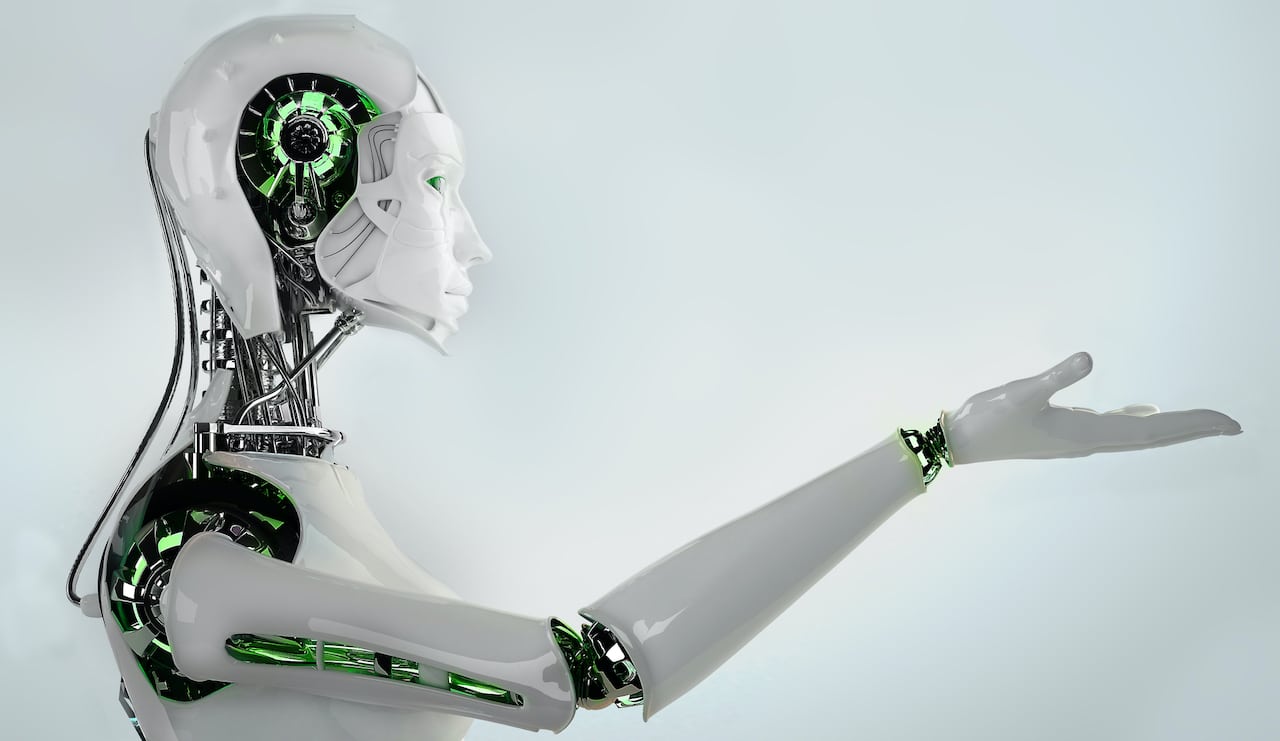A few hours ago we gave the news of the birth of Brillo, the bartender that everyone dreams of: he recognizes the customer, prepares his favorite cocktail and entertains himself by opening speeches on the topics most dear to the customer. Oh, we forgot: Brillo is a robot.
And now we come to find that too the latest Google robots are very sophisticated, they understand human language and know how to compose a “reasoning” (better to use prudential quotes, we will see why soon) to complete the task assigned to them.
Moreover, these new and highly advanced Google robots are located in a particularly dense period of conflicting news on artificial intelligence and chatbots, which we try to summarize briefly.

Artificial intelligence between new approaches and controversies
We said we used prudential quotes to talk about the “reasoning” of machines.
Because the fact that an AI may or may not be sentient has recently sparked a major controversy in the Mountain View-based company. The controversy culminated in the firing of Black Lamoine, a (former) Google engineer who has made public his dialogue with LaMBDA, an artificial intelligence. Which has been attributed an autonomous intelligence that can be evaluated – at least according to the engineer – like that of a 7-8 year old child.
Then there is BlenderBot 3, a chatbot launched by Meta which – during the presentation – caused a bit of confusion. And above all, he didn’t use too soft words either towards his boss, Mark Zuckerberg (who among other things he defined as “strange and manipulative”) or towards the same Meta (“His company exploits people for money and he doesn’t care. It must stop! “).
On the other hand, the news of a robot capable of becoming “aware” of its own body after a workout of only three hours is always very recent – to look also at the positive aspects of artificial intelligence.
The Google robot
In these days when artificial intelligence is being talked about in different tones, therefore, new news is coming from Mountain View.
It is about a robot in which Google has implemented the functionality of a chatbot, and which is in full swing of experimentation.
Not so much the understanding of human language as its ability to process a series of complex actions that led to the required result seemed impressive. As if, to achieve the goal, the Google robot had produced a reasoning. Let’s see what happened.
“Get me a snack”
A scientist asked the Google robot to make him a snack. A vague request, without further specification.
Here then is that the machine has processed the request, analyzing it first and then dividing it into all the steps necessary to satisfy it. In practice, then, the Google robot got busy, preparing a sandwich. That is, he prepared the two slices of bread, cooked the meat, placed it in the sandwich, added the ketchup (sensationally smacking the doses) and a salad leaf.
Repair the error
Perhaps some gluttons who cared little about the quality of food would have been happy, but the Google robot definitely abounded with ketchup, pouring almost a whole tube.
However, showing great adaptability and versatility, as soon as he was asked to clean the table from the spilled sauce, the machine took detergent and sponge and did it immediately.
The demonstration then continued with the robot pouring a canned drink to the scientist who said he was thirsty. And he served a packet of chips when asked for a snack.
The chatbot-robot integration
The peculiarity of this Google robot is its integration with a very advanced chatbot.
A chatbot is software typically used to simulate a conversation with a human being.
In this case, however, the software recognizes our language and transforms it into actions performed by the robotic platform.
How Google robots are trained
The Google chatbot-robot was subjected to hours and hours of reading Wikipedia pages, social networks and information sites.
The company said incorporating a more complex language into artificial intelligence raised the percentage of successful experiments from 61 to 74 percent. While the percentage of correct answers was 84%.
Everyday Robots, a subsidiary of Alphabet that is designing the machines, said that for now, Google’s robots will be limited to serving employee snacks.
“It will take some time before we can fully understand the direct commercial impact,” said Vincent Vanhoek, senior director of robotics search at Google.















Leave a Reply
View Comments